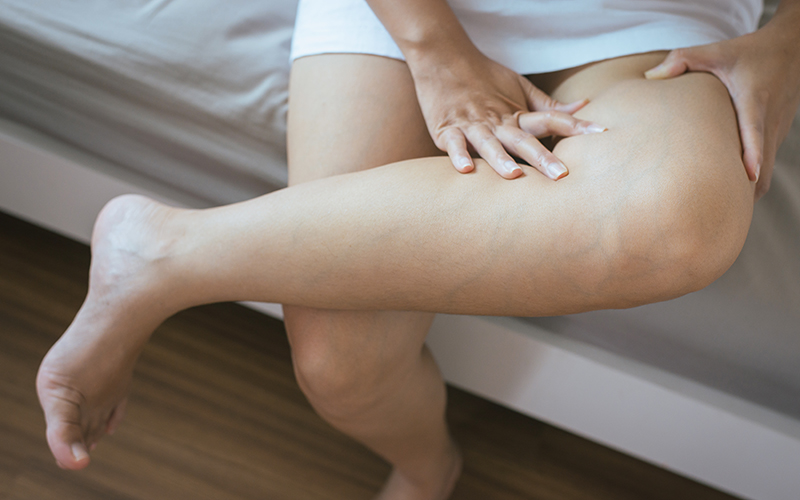Orlando: 9145 Narcoossee Rd., Suite A200, 32827
407-329-6907
 A muscle strain, or “pulled muscle”, occurs when the muscle is overstretched or torn. This usually occurs as a result of fatigue, overuse, or improper use of the muscle. Injuries can happen to the leg muscle or the tissue connecting muscle to bone (tendon). Strains often occur in the front of leg and in the muscle in the back of the thigh, known as the hamstring. Symptoms are pain, swelling, muscle spasms, and limited ability to move the muscle.
A muscle strain, or “pulled muscle”, occurs when the muscle is overstretched or torn. This usually occurs as a result of fatigue, overuse, or improper use of the muscle. Injuries can happen to the leg muscle or the tissue connecting muscle to bone (tendon). Strains often occur in the front of leg and in the muscle in the back of the thigh, known as the hamstring. Symptoms are pain, swelling, muscle spasms, and limited ability to move the muscle. Poor circulation causes narrowed blood vessels and reduces blood flow to the limbs. Peripheral vascular disease is a sign of fatty deposits and calcium build up in the artery walls (atherosclerosis). Risks include: aging, diabetes, and smoking. Symptoms may include: leg pain, especially while walking. Regenerative treatments, exercise, and a healthy diet are highly successful in reducing or eliminating leg pain.
Poor circulation causes narrowed blood vessels and reduces blood flow to the limbs. Peripheral vascular disease is a sign of fatty deposits and calcium build up in the artery walls (atherosclerosis). Risks include: aging, diabetes, and smoking. Symptoms may include: leg pain, especially while walking. Regenerative treatments, exercise, and a healthy diet are highly successful in reducing or eliminating leg pain.